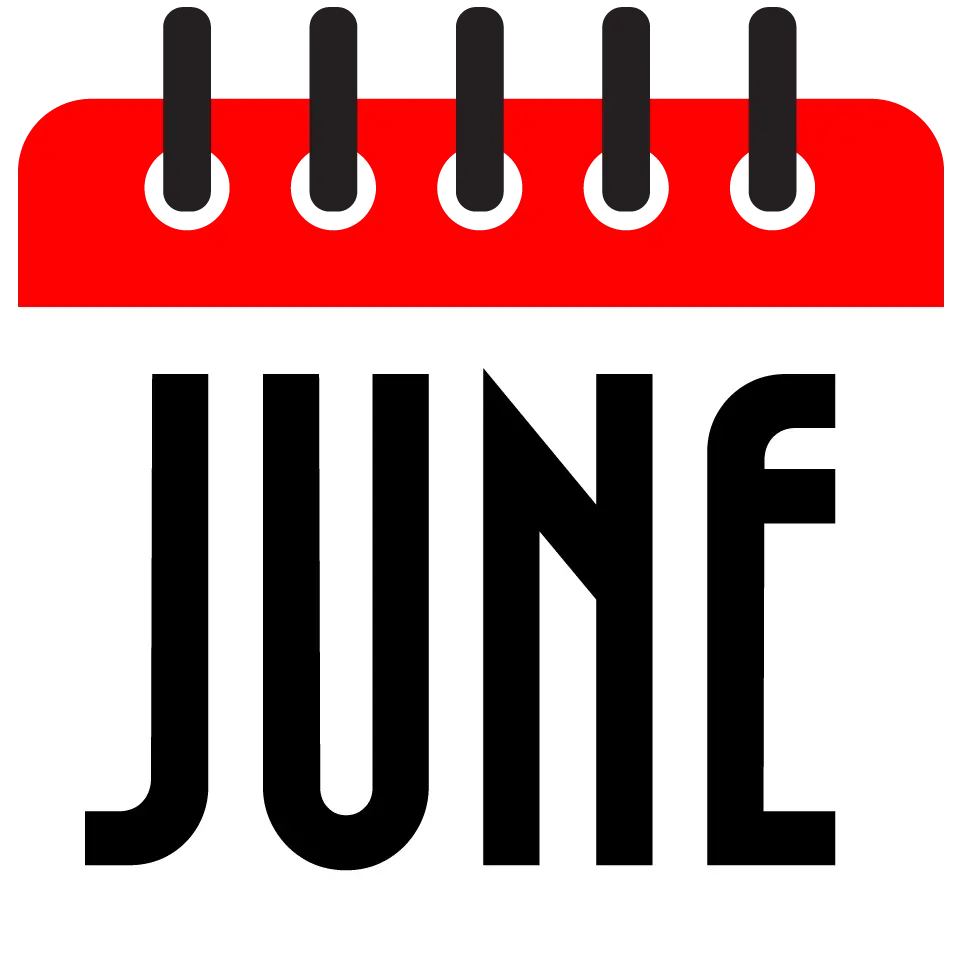Reading Rovelli’s “The Order of Time” and Boyd and Zimbardo’s “The Time Paradox” has been chipping away at idioms like “time is money.” Do I know anything about time?
In the time since my last post, when life began to return to a “new normal” (I’m cringing at how often I’ve said that lately—it feels as if those words have no meaning anymore), I’ve been using Monkeytype to practice typing in the mornings. When I first purchased my ZSA Moonlander, I needed the practice. Now, I enjoy it.
As a consistent boulderer, my fingers are often stiff and creaky. If you’re imagining a reluctant cabinet that resists when you try to open and close it, you wouldn’t be far off. Typing stuff first thing in the morning has snuck into my morning routine—it might actually be the only consistent thing about my mornings outside of sipping a cup of coffee. The moment I turn on my computer, I open my browser and start typing.
It was miserable in the beginning. X, C, and V were my worst nightmare (Z, too, but there are very few words that actually contain the letter Z). Since then, however, I’ve managed to shift to “opposite shift” (where you hit the shift key opposite the letter you’re striking), and not only return to my previous typing speeds, but exceed them. Monkeytype tells me in the time since I got my ZSA Moonlander—a little less than two months ago—I’ve typed for three hours and 43 minutes. Over the span of… let’s just say… seven weeks, that means an average of just four-and-a-half minutes a day. That’s hardly any time at all.
During the last two weeks, I’ve begun to hop on our assault bike in our home gym (to call it a gym is an overexaggeration—it is a collection of kettlebells, a couple of yoga mats, and the aforementioned assault bike) nearly every day. I hated it in the beginning, and even now that I’m thinking about doing it in the next hour, my heart fills with dread and my stomach drops.
As a child, I had respiratory issues that became pronounced through physical activities, particularly the ones that challenged aerobic capacity and cardiovascular effort. I had readily available prescriptions for inhalers and steroids, but I hated the feeling of cardiovascular challenge. (The time I cracked a rib etched this hatred into my bones.) So, I avoided cardio. The upside? I rarely worried about having my inhaler. The downside? An invisible decline in my capacity to tolerate cardiovascular discomfort, which is an unavoidable reality of building cardiovascular health.
All that to say—I really dislike cardio and I really need to be doing more cardio.
But lately, I’ve noticed that the rhythm of typing has begun to sneak a sense of rhythm to other movement, like walking and cycling. I notice the inconsistency in the way I walk if I’ve taken an awkward fall bouldering or slept twisted, legs facing one way and my face another. I notice, too, that while the rhythm of my heart feels out of control on the assault bike, I can control the rhythm of my arms and legs… and on top of that, an unexpected quantitative trend has emerged. When I focus on rhythm and honoring a consistent beat, I end up going quantitatively farther and average a greater speed than when I focus on speed.
In other words, rhythm, it appears, is a critical part of endurance. Speed and distance are side effects–basically, unintended consequences.
If we consider this to be a principle, and applicable to other domains, we might see a hypothesis emerge about how to approach any challenge. Find a path—in practical terms, choose a method. Walk that path over and over—commit to that method for a long while, focusing on maintaining consistency—until the path becomes paved and so easy to walk it feels effortless—it has become routine. If you think to measure your progress long-term in some quantitative way, you may find that you have travelled a great distance and done it far quicker than you expected.
I want to build on this by talking about giving meaning to routine as a strategy to nurture our desired identities, but I am ten minutes late for my date with the bike and getting on the bike isn’t going to become a routine if I don’t show up.
